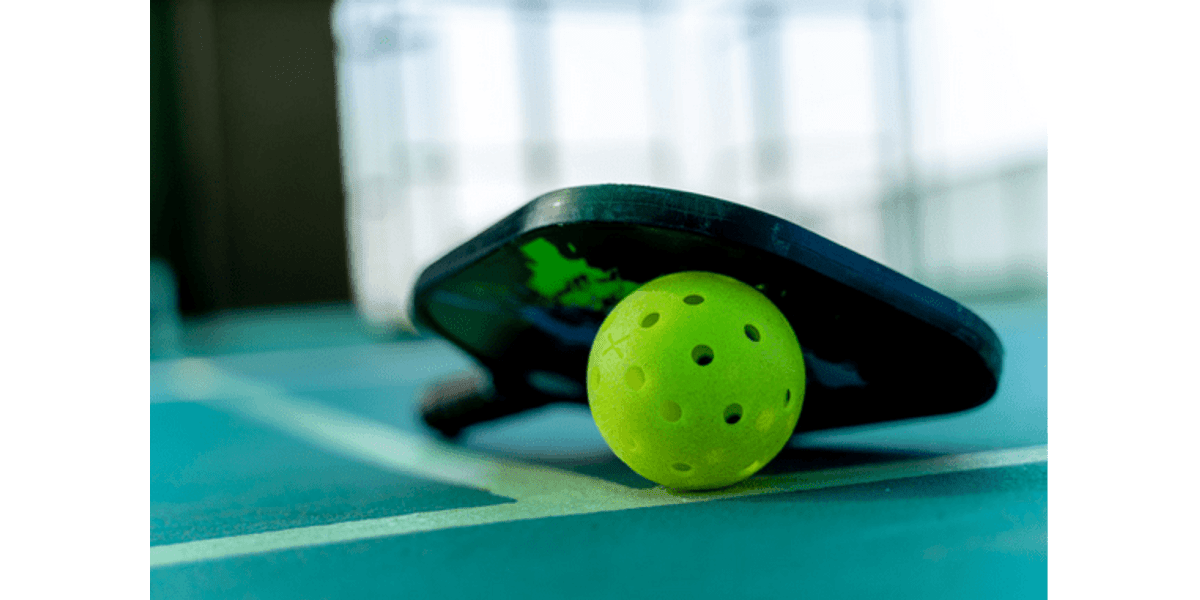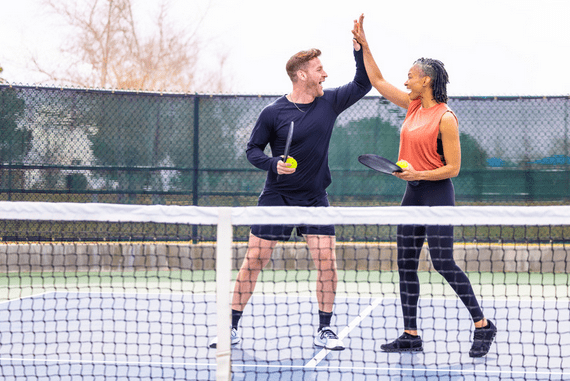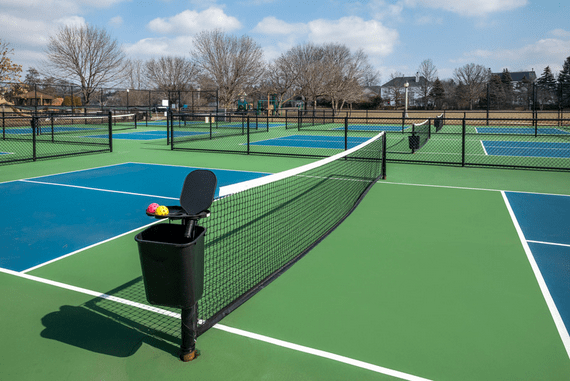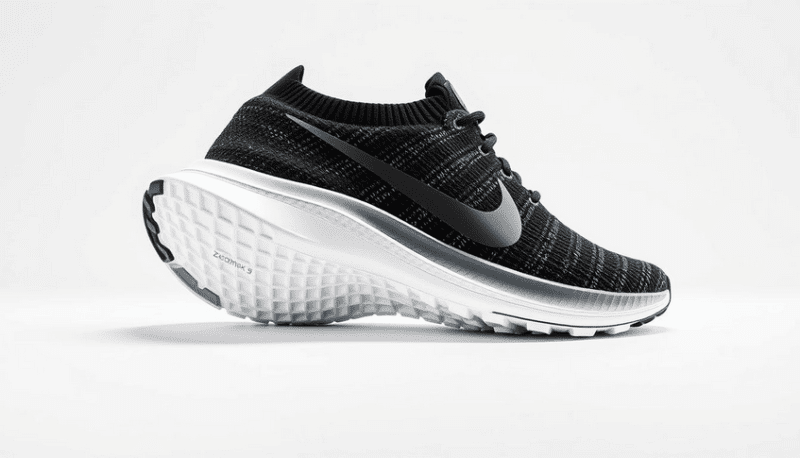Ever been intrigued by the sport of pickleball but didn't know where to start? Pickleball is a fun hybrid of tennis, badminton and pingpong that is rapidly gaining popularity. This comprehensive guide will equip you with all the basics – from understanding the rules to mastering gameplay strategies.
Let's dive into everything you need to know about this exciting sport!
Key Takeaways
- Pickleball is a hybrid sport that combines elements of badminton, tennis, and ping pong.
- The game is played on a smaller court with a lower net compared to tennis, making it easier for beginners to cover the court.
- The rules of pickleball include serving and scoring, the two-bounce rule, and volleying in the kitchen.
- To play pickleball effectively, it's important to master different grips and strokes, perfect your serving techniques, and implement strategic gameplay strategies.
The Basics of Pickleball
Pickleball is a unique and exciting sport that combines elements of tennis, badminton, and pingpong.
What is Pickleball?
Pickleball blends elements of badminton, tennis, and ping pong into a sport that's rapidly gaining popularity. The game was invented in 1965 on Bainbridge Island, a short ferry ride from Seattle, Washington.
Three dads – Joel Pritchard, Bill Bell, and Barney McCallum — crafted the game to entertain their children who were bored with traditional summer activities. It's played on a court similar to a doubles badminton court with the net set at a height of 36 inches at the sidelines and 34 inches in the middle.
The ball is served diagonally starting from the right-hand service square and points can only be score by the side serving.Two players play against each other (singles), or four players can team up for doubles matches just like tennis.
From schools to retirement communities, pickleball keeps all ages active while having fun!
Paddle and ball
The paddle and ball are essential elements in the game of pickleball. The paddle is similar to a larger version of a ping pong paddle, usually made of wood or composite materials. It has a flat surface with small holes, allowing for better control and maneuverability during gameplay.
The ball used in pickleball is similar to a wiffle ball, but slightly smaller and with less bounce than a tennis ball. This combination of paddle and ball allows players to strike the ball with precision and accuracy, making for an exciting and fast-paced game on the court.
Court dimensions
The court dimensions in pickleball are smaller compared to tennis, making it easier for beginners to cover the court. A regulation pickleball court is 20 feet wide and 44 feet long, which is about half the size of a standard tennis court.
The net height is also lower at 34 inches in the center and 36 inches on the sidelines. These dimensions create a faster-paced and more dynamic game, allowing players to quickly move around and engage in exciting rallies.
The Rules of Pickleball
The rules of pickleball include serving and scoring, the two-bounce rule, and volleying in the kitchen.
Serving and Scoring
When it comes to serving and scoring in pickleball, there are a few key things you need to know. Firstly, serving is done underhand and diagonally across the court. The ball must be hit below waist level and land in the opposite diagonal service court.
Once the serve is successful, both teams take turns hitting the ball back and forth over the net until one team fails to return it properly. Scoring in pickleball works on a rally-point system, meaning that points can be won by either the serving or receiving side.
Each successful rally earns a point, with games typically played to 11 or 15 points. It's important to note that only the serving team can score points; if they make an error, such as not clearing their own kitchen area or hitting out of bounds, then no point is awarded and possession switches over to the other team.
Two-bounce rule
In pickleball, there is a rule called the two-bounce rule. This means that after the ball is served, it must bounce once on each side before players can start volleying. In other words, you have to let the ball bounce once on your side and then once on your opponent's side before you can hit it out of the air.
This rule adds an interesting dynamic to the game and requires players to anticipate their shots and strategically position themselves on the court. It also allows for longer rallies and gives beginners more time to react and get into position.
So remember, when playing pickleball, be patient and wait for that second bounce before going for a big shot!
Volleying In The Kitchen
Volleying in the kitchen is an important skill to master in pickleball. This refers to hitting the ball while standing inside the non-volley zone, which is a seven-foot area on both sides of the net.
Although you can't volley within this zone, once the ball bounces outside of it, you can step in and hit it out of mid-air. This technique requires good reflexes and hand-eye coordination.
By mastering volleying in the kitchen, you'll be able to control your shots better and keep your opponents off balance during gameplay. Keep practicing to improve your skills!
How to Play Pickleball
Learn the different grips and strokes, master serving techniques, and discover effective strategies for gameplay. Ready to dive into the exciting world of pickleball? Read on to learn more!
Grips and Strokes
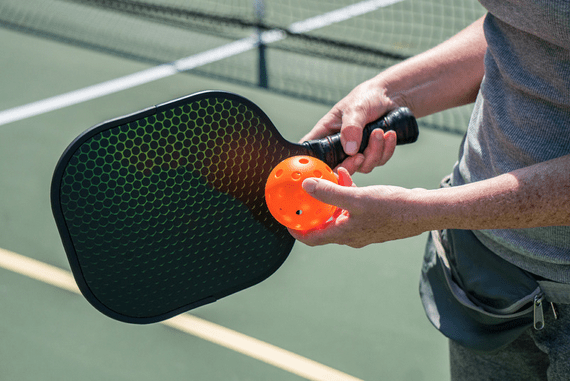
When playing pickleball, it's essential to have the right grips and strokes to improve your gameplay. A proper grip allows for better control and consistency when hitting the ball.
The most common grip is called the continental grip, where you hold the paddle like you're shaking hands with it. This grip enables versatility in shots and transitions between forehand and backhand strokes smoothly.
When executing strokes, focus on using a compact swing, keeping your body balanced, and making contact with the ball at waist height for optimum power and accuracy. Practice different types of shots like drives, volleys, lobs, dinks, and smashes to enhance your overall game strategy.
Serving Techniques
Mastering the serving techniques in pickleball is crucial to gaining an advantage over your opponents. Start by perfecting your grip on the paddle, ensuring a comfortable and secure hold.
When serving, begin in a stationary position behind the baseline and make sure both feet are planted firmly on the ground. Maintain proper form by keeping your non-dominant hand holding the ball at waist height and tossing it slightly above eye level.
With a smooth motion, strike the ball with your paddle to send it over the net and into play. Practice different types of serves like deep serves or diagonal serves to keep your opponents guessing and improve your overall game.
To add even more power and accuracy to your serve, focus on generating speed through wrist snap while maintaining control. As you gain confidence, experiment with spin variations such as topspin or slice to give yourself an additional advantage during matches.
Remember that consistency is key when it comes to serving - aim for consistent placement rather than going for overly aggressive shots every time.
Strategies for Gameplay
To improve your gameplay in pickleball, there are a few key strategies to keep in mind. First, focus on court positioning - try to stay near the middle of the court so you can quickly reach shots from both sides.
Second, communication is crucial in doubles play - make sure you and your partner establish a plan for who will cover which areas of the court. Finally, mix up your shots by using different spins and angles to keep your opponents off balance.
By implementing these strategies, you'll be well on your way to becoming a skilled pickleball player.
Equipment and Gear
When it comes to equipment and gear in pickleball, there are a few key items you'll need to get started. Proper pickleball shoes that provide stability and traction on the court are essential for preventing injuries.
Additionally, choosing the right pickleball paddle can greatly impact your gameplay, so it's important to find one that suits your playing style and skill level. Lastly, using the right type of ball is crucial for proper gameplay, as different balls have varying levels of bounce and durability.
Shoes
Choose the right shoes to enhance your pickleball experience. Look for shoes that provide good traction and support, as you'll be constantly moving on the court. Opt for tennis or court-specific shoes with non-marking soles to prevent scuffing.
Consider shoes with a cushioned insole and ankle support for added comfort and protection during gameplay. Investing in proper footwear will help prevent injuries and allow you to focus on improving your skills on the court.
Paddles
Pickleball paddles are a crucial piece of equipment for playing the sport. They are similar in shape to tennis paddles but smaller and lighter, allowing for better maneuverability on the court.
These paddles are made of materials such as wood, composite, or graphite to provide different levels of power and control. The grip of the paddle is also important, as it affects how well you can hold onto it during play.
When choosing a pickleball paddle, consider factors such as weight, grip size, and material to find one that suits your playing style and skill level.
To improve your game, focus on developing good technique with your paddle strokes. This includes understanding proper grips for forehand and backhand shots, as well as practicing different types of strokes like topspin or slice shots.
Experimenting with different techniques will help you find what works best for you on the court. Additionally, try incorporating strategies into your gameplay such as hitting deep shots to keep opponents on their toes or using drop shots to catch them off guard.
Balls
Pickleball balls are unique and specially designed for this sport. They are made of a durable plastic material, which provides the right amount of bounce on the court. These balls have smaller holes compared to traditional wiffle balls, allowing for better control and accuracy during gameplay.
It's important to note that pickleball balls come in different colors, with each color indicating a specific level of play or usage. So make sure to choose the right ball based on your skill level and the type of game you'll be playing.
Tips for Beginners
To improve your pickleball skills as a beginner, it's important to learn from someone experienced and find the right grip for your paddle. Practice dinking and hitting soft shots to master control and precision in the game.
Learning From Someone Experienced
Learning from someone experienced is a valuable way to improve your pickleball skills. Whether it's a friend, coach, or fellow player, observing and playing with someone who has more experience can provide you with valuable insights and tips.
They can teach you proper paddle grip techniques, and strategies for gameplay, and offer feedback on your form and strokes. By learning from someone who has been playing pickleball for a while, you'll be able to accelerate your learning curve and become a better player in no time.
So don't hesitate to seek guidance from those who have already mastered the sport!
Finding a grip
To play pickleball effectively, it's important to find the right grip for your paddle. The way you hold your paddle can greatly impact your control and accuracy. One popular grip among beginners is the "continental" grip, where you place the base knuckle of your index finger on the top bevel of the paddle handle.
This allows for a neutral wrist position and gives you good maneuverability. Another common grip is the "eastern" backhand grip, which involves placing the base knuckle of your index finger on the left bevel (if you're right-handed) or right bevel (if you're left-handed).
Experiment with different grips to see what feels most comfortable and natural for you. Remember, finding a solid grip will make all the difference in your pickleball game!
Practicing dinking and hitting soft shots
To improve your pickleball skills, it's important to practice dinking and hitting soft shots. Dinking involves gently returning the ball over the net using a soft touch, which can help you control the pace of the game and place the ball strategically.
By practicing this technique, you'll be able to execute precise shots that are difficult for your opponents to return. Hitting soft shots is also crucial in pickleball as it allows you to keep the ball in play and set up opportunities for more aggressive shots later on.
Focus on developing a smooth stroke with minimal power, using finesse rather than force. With consistent practice, dinking and hitting soft shots will become natural parts of your gameplay arsenal.
Conclusion
In conclusion, this beginner's guide to pickleball provides a comprehensive overview of the sport. Whether you're new to tennis or badminton, pickleball offers a fun and exciting way to play.
From understanding the basics and rules to mastering techniques and strategies, this guide equips you with the knowledge needed to get started on your pickleball journey. So grab a paddle, find a court, and dive into this thrilling sport that combines elements from the past with modern gameplay innovation.
Let the games begin!
FAQs
1. What is "Pickleball 101: A Beginner's Guide to the Sport"?
"Pickleball 101: A Beginner's Guide to the Sport" is a comprehensive guide that introduces beginners to pickleball equipment, rules, strategy, techniques, and scoring.
2. Can I learn about Pickleball singles and doubles from this guide?
Yes, the beginner’s guide provides essential knowledge on playing both pickleball singles and doubles along with detailed strategies for each format.
3. Are there any discussions of past Pickleball tournaments in "Pickleball 101: A Beginner's Guide to the Sport"?
While celebrating the heritage and honoring past significant events like tournaments forms part of its content; the main emphasis remains on getting you well-equipped as a new player in terms of understanding rules or developing effective game techniques.
4. Who has written “Pickleball 101: A Beginner’s Guide To The Sport”?
“Pickleball 101: A Beginner’s Guide To The Sport” has been meticulously crafted by Kelly Frazier aiming at enabling new players to engage confidently in this sport.
5. Is this guide updated regularly as per changes in scoring or other aspects?
Certainly! Rest assured that “Pickleball 101:A Beginners'guide To The Sport” contains up-to-date information including the latest alterations on rules or winning strategies as it strives towards ensuring your success in upcoming games.
Recent Featured Articles:
Pickleball Drills for Skill Development: Boosting Your Performance
